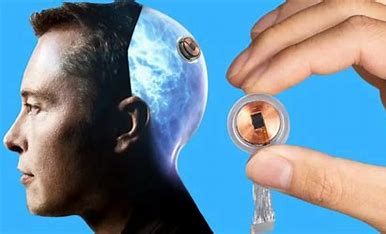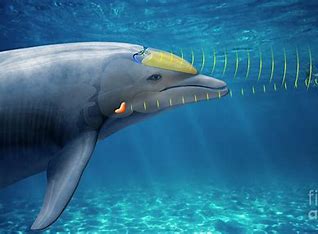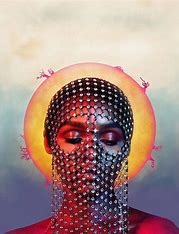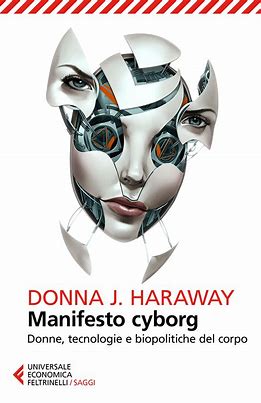
Human augmentation is a rapidly dancing field. Drawing from current trends in biotechnology, artificial intelligence, and neuroscience, here are my thoughts on how human augmentation might evolve and what possibilities and dilemmas it could present.

There are multiple profound innovations that human augmentation will progress in. The first one is implantable devices. I feel like that they will create chips that could be used for identification and payment. This chip could be placed in the arm or hand. There was talk about this happening so I wonder if they will make it.

The second device is physical enhancements. Physical enhancements are like Exoskeletons and advanced prosthetics. These devices help people that are in need of it but there is a blur line.The blur line is between medical necessity and elective augmentation. Athletes, for example, may use such technologies to push physical limits.

The three device is neuroenhancement. Brain-computer interfaces (BCIs) like Neuralink are already being tested. In the future, we may see widespread adoption of devices that enhance cognitive abilities, allowing humans to process information faster, improve memory, or even communicate telepathically.
I would be open to augmentations that enhance quality of life without compromising autonomy or ethical boundaries. Health-focused genetic modifications to reduce risks of inherited diseases. This will help people to get better and prevent a lot of diseases. Sensory enhancements like improved vision or hearing. This will help people to be able to gain things that they lost. It will do more good than harm. Cognitive tools to boost memory or creativity, provided they are reversible or minimally invasive. Augmentations that encroach on personal identity or exploit vulnerable populations would be unacceptable. Enhancements designed for social or economic advantage, exacerbating inequalities. This will only be beneficial for people that have money. I believe that that is unfair. Technologies with surveillance capabilities that threaten privacy or freedom. I believe that people should have their freedom and having technology that supervises people is not ethical. Augmentations that fundamentally alter human nature, such as programming emotional responses or behavior. I believe that you shouldn’t mess with people, emotions or behavior I think people should have their own behavior or control their own behavior.







